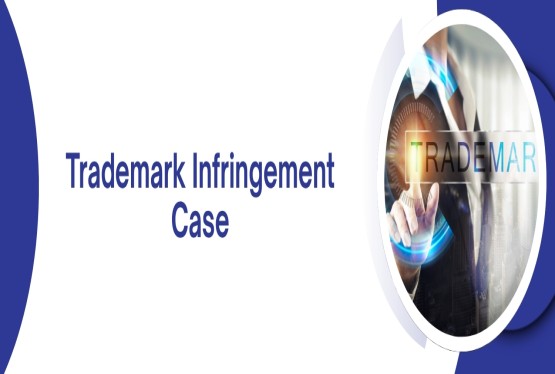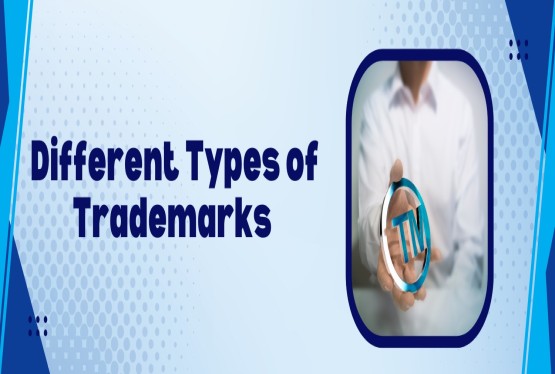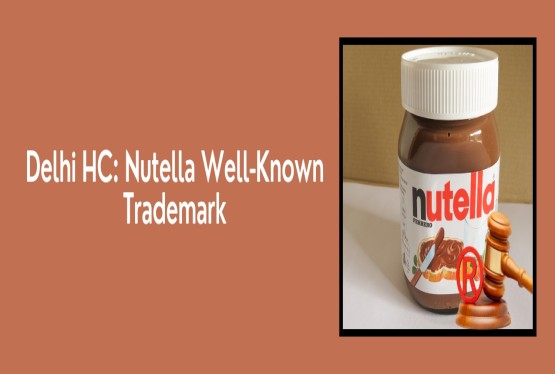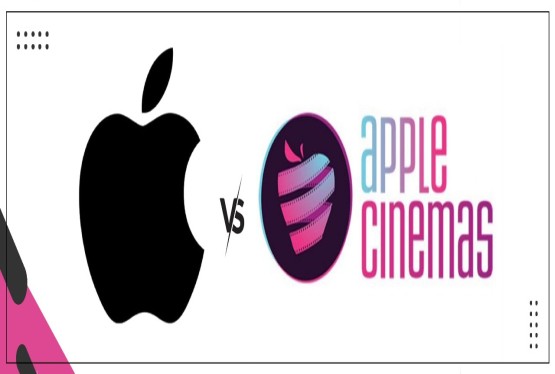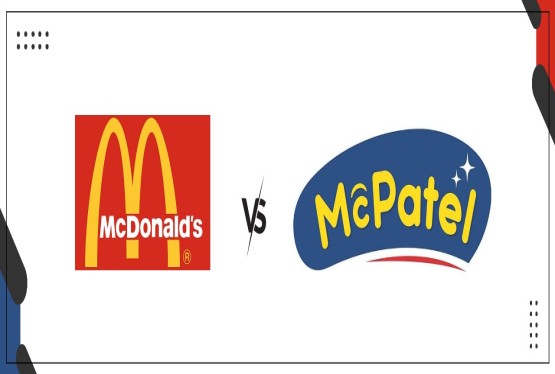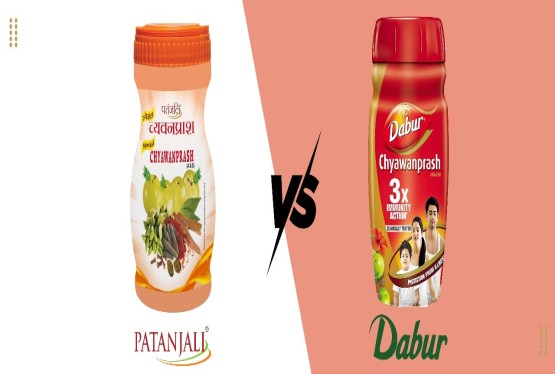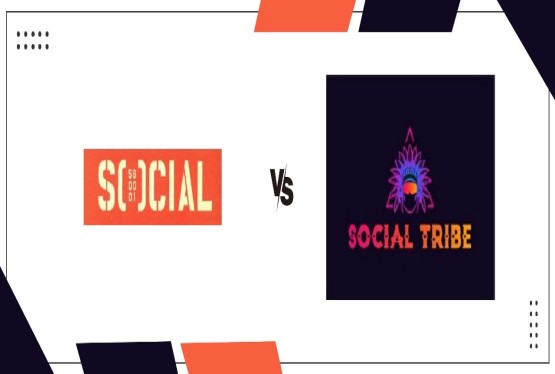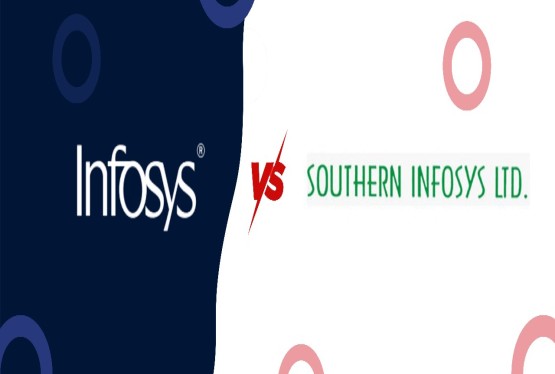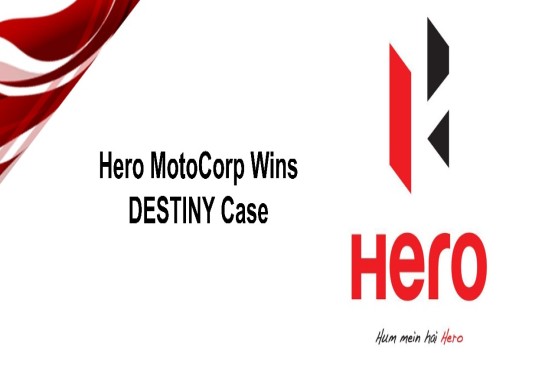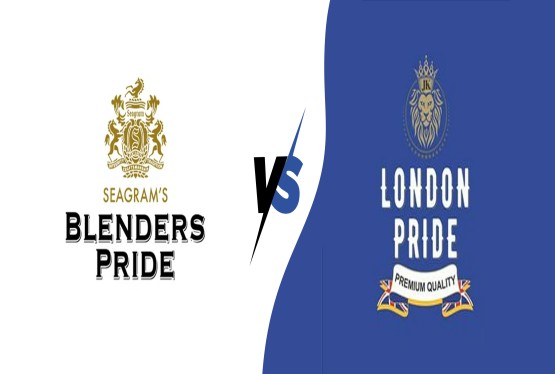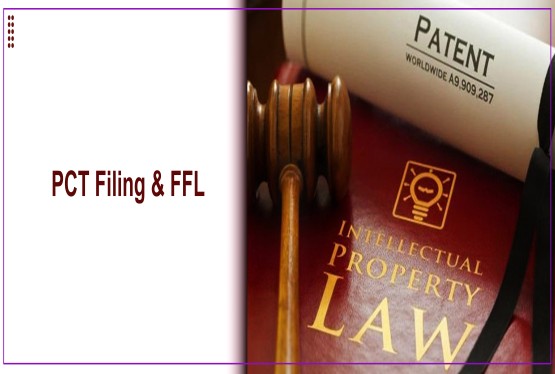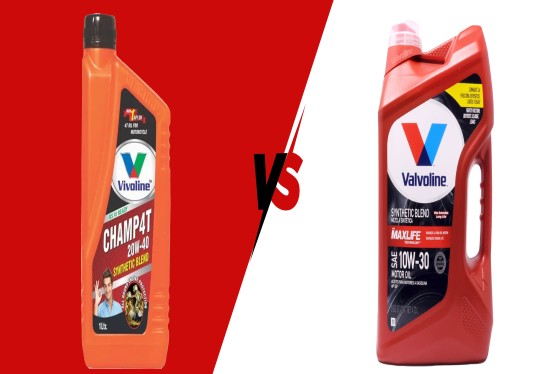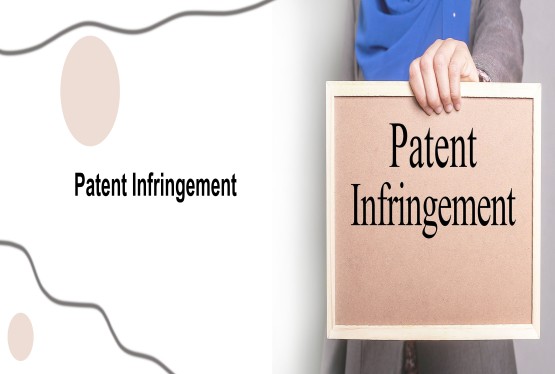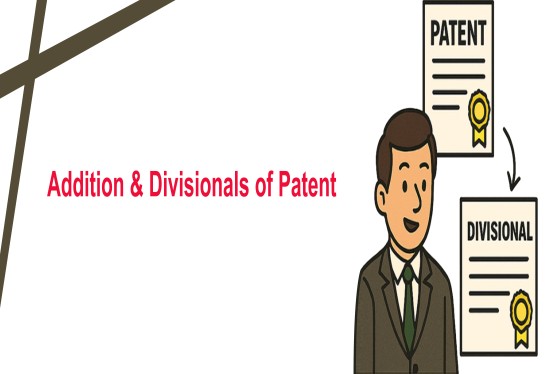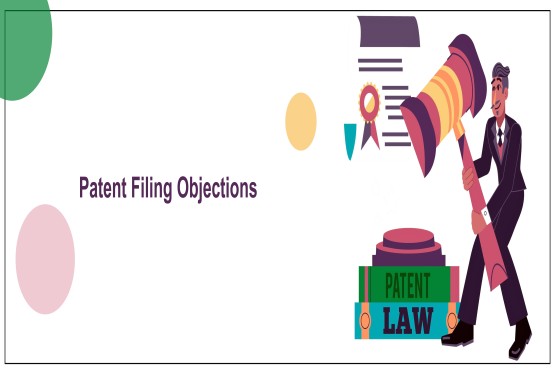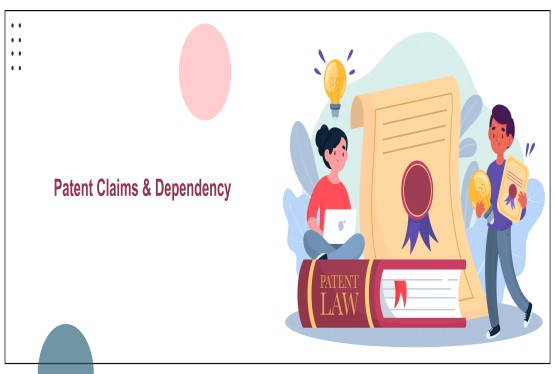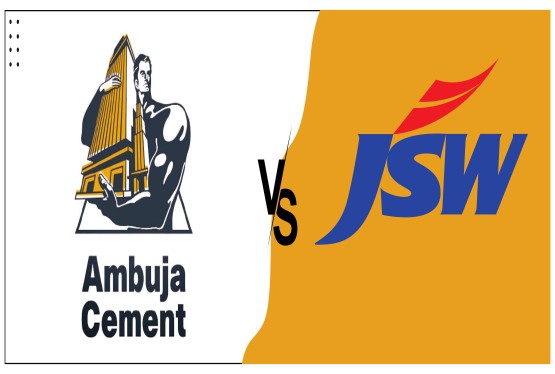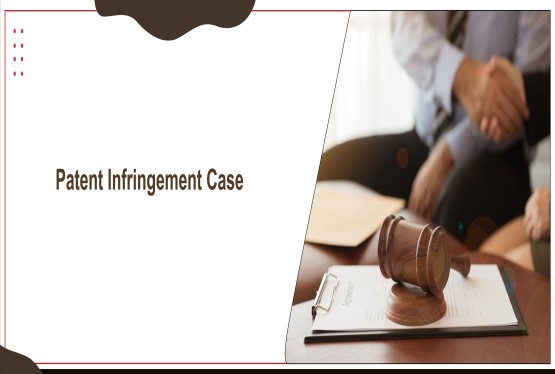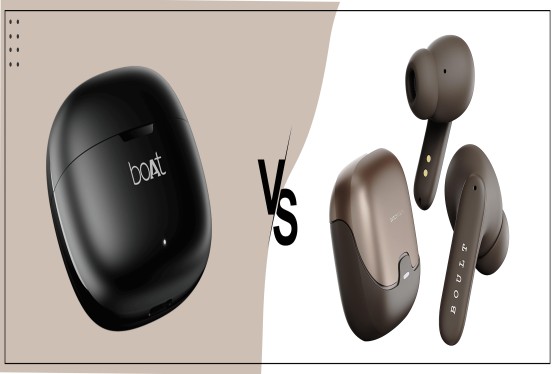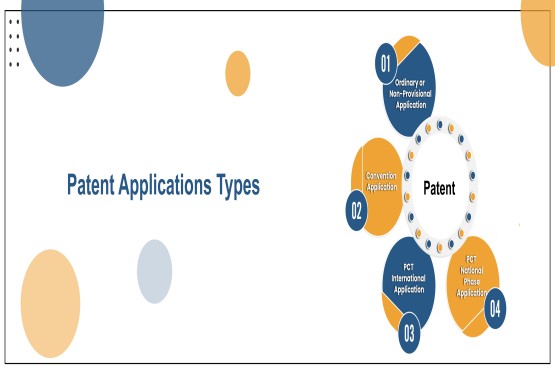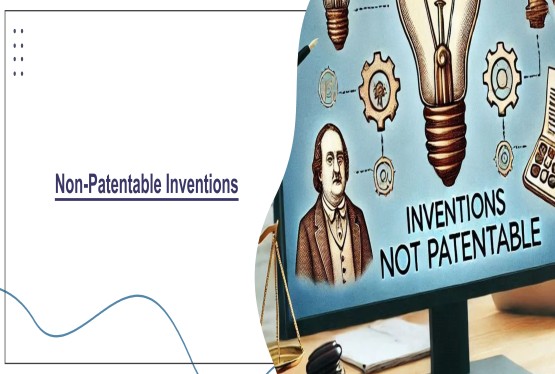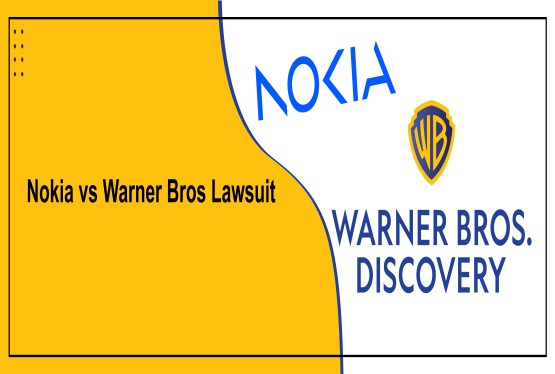The Bombay High Court recently gave a ruling that the brand names “CAMPURE” and “KARPURE” / “AIR KARPURE” are not similar enough to cause confusion.
The case was filed by the company owning the brand CAMPURE, who argued that the other party's name was too close to theirs. They asked the Court to stop the use of the name KARPURE. However, the Court said that there was no trademark infringement or passing off in this situation.
Justice Sharmila U. Deshmukh handled the case and concluded that the two names were different enough for customers to tell them apart.
Background of the Case
The plaintiff, who owns the brand CAMPURE, had registered their trademark under Classes 3, 4, and 5 of the Trademarks Act, 1999. Their products include camphor-based deodorants, air fresheners, soaps, hair lotions, and sanitary items.
In July 2024, the plaintiff discovered that the defendant had registered a similar trademark, “AIR KARPURE,” under Class 5. The defendant was using this mark for products such as camphor-based air fresheners, mosquito repellents, and other personal care products.
The plaintiff claimed that the defendant’s trademark was deceptively similar to theirs and filed a lawsuit seeking an interim injunction to stop the defendant from using the name “AIR KARPURE” and its domain name (www.karpure.in).
Court’s Observations and Findings
No Infringement Under Section 29
According to Section 29, trademark infringement occurs when a party uses a deceptively similar mark without being a registered proprietor. In this case, both the plaintiff and the defendant were registered trademark holders for their respective marks. As a result, the plaintiff could not claim infringement under this section. The Court also noted that the plaintiff failed to oppose the defendant’s trademark registration when it was published for opposition before being granted.
No Phonetic or Visual Similarity
The Court emphasized that marks must be viewed as a whole, rather than dissecting them into individual letters or syllables. The plaintiff argued that the letter “r” in “KARPURE” could be slurred to sound like an “m,” making it similar to “CAMPURE.” The Court rejected this claim, stating that the two marks were phonetically and visually distinct, and there was no likelihood of confusion among average consumers.
No Strong Case of Passing Off
The plaintiff also alleged that the defendant was passing off their goods as those of the plaintiff. However, the plaintiff did not identify specific products or provide evidence showing that the public was being misled. Additionally, the Court observed that the packaging, colour scheme, and design of the two brands were significantly different. Therefore, there was no misrepresentation or attempt by the defendant to deceive consumers.
Public Perception Matters
The Court pointed out that the relevant consumers for camphor-based products like air fresheners are typically from an educated class. These consumers are capable of distinguishing between similar-sounding brands. Hence, there was no realistic possibility of confusion in the minds of ordinary buyers.
Relevant Provisions under Trademarks Act, 1999
Section 9 – Absolute Grounds for Refusal of Registration
This section says trademarks that are too general, misleading, or confusing should not be registered. In this case, the plaintiff argued “KARPURE” was confusingly similar to “CAMPURE.” But the Court noted that “KARPURE” was already approved by the Trademark Office, and the plaintiff did not object during registration. So, Section 9 did not support the plaintiff’s claim.
Section 11 – Relative Grounds for Refusal of Registration
Section 11 protects owners of earlier trademarks by preventing registration of confusingly similar marks for similar goods. Here, the plaintiff had an earlier trademark but did not oppose “KARPURE” when it was published for opposition. Since the defendant’s mark was registered without objection, Section 11 did not help the plaintiff.
Section 29 – Infringement of Registered Trademark
Section 29 covers trademark infringement when someone uses a confusingly similar mark without owning it. Since both parties had registered trademarks, the Court said Section 29 did not apply, so there was no infringement.
Section 57 – Rectification or Cancellation of Trademark
Section 57 allows cancellation of wrongly registered trademarks. The plaintiff had applied to cancel “KARPURE,” but the case was still pending. Therefore, the Court could not cancel or stop the defendant’s use of the mark at this time.
Court’s Decision
The Bombay High Court rejected the plaintiff’s claim of trademark infringement and passing off against the defendant. The Court pointed out that both parties held valid trademark registrations, so the law under Section 29 of the Trademarks Act, which protects registered trademark owners from unregistered users, did not apply. Since the defendant’s trademark was properly registered and the plaintiff did not oppose it at the right time, the plaintiff could not claim infringement based on name similarity alone.
Similarity of Marks
The Court carefully examined the marks and found that the names “CAMPURE” and “KARPURE” were neither visually nor phonetically similar. The suggestion that the letter “r” in “KARPURE” could sound like an “m” in “CAMPURE” was dismissed. The overall appearance and pronunciation of the two trademarks were distinct enough to avoid public confusion.
Passing Off Claim
Regarding the passing off claim, the plaintiff failed to show which specific products were being passed off as their own. The Court also noted that the packaging, branding, and color schemes of the two companies’ products were clearly different. Additionally, it was mentioned that the typical consumers of these products are educated and can easily tell the difference between the two brands.
Final Observations
In conclusion, the Court’s decision shows that simply having similar-sounding names is not enough to prove trademark infringement or passing off. To succeed, a party must act promptly, provide clear evidence of confusion or misrepresentation, and show that the trademarks or products are truly similar in the eyes of consumers. Without this, trademark protection cannot be claimed.
FAQs
Q1. What was the main issue in the CAMPURE vs KARPURE case?
Ans. The main issue was whether the brand names “CAMPURE” and “KARPURE” / “AIR KARPURE” were so similar that they could confuse customers or violate trademark laws.
Q2. What did the Bombay High Court decide?
Ans. The Court ruled that the two names are different enough, so there was no trademark infringement or passing off by the company using “KARPURE.”
Q3. Why didn’t the Court find trademark infringement under Section 29?
Ans. Because both parties had valid registered trademarks for their respective names. Section 29 protects registered trademark owners from unregistered users, so it didn’t apply here.
Q4. Did the Court find the two brand names visually or phonetically similar?
Ans. No. The Court said the names “CAMPURE” and “KARPURE” sound and look different enough that average customers wouldn’t get confused.
Q5. What about the passing off claim?
Ans. The Court found that the plaintiff did not provide enough evidence to show the defendant was trying to mislead customers or copy their products. Also, the packaging and design of both brands were different.
Q6. What are Sections 9 and 11 of the Trademarks Act, and how do they relate to this case?
Ans. Section 9 stops registration of marks that are misleading or confusing to the public.
-
Section 11 stops registration of marks similar to earlier registered ones.
The Court noted the defendant’s trademark passed these rules and the plaintiff did not oppose it during the registration process, so these sections didn’t help the plaintiff.
Q7. What is Section 57 about, and why didn’t it help the plaintiff?
Ans. Section 57 allows cancellation of a trademark if it was wrongly registered. The plaintiff had filed for cancellation of “KARPURE,” but since that case was still undecided, the Court could not cancel or stop its use yet.
Q8. What does this case teach about trademark disputes?
Ans. It shows that just having names that sound a little alike is not enough to prove infringement. A party must act quickly, provide clear proof of confusion or copying, and show the marks or products are truly similar in the eyes of consumers.

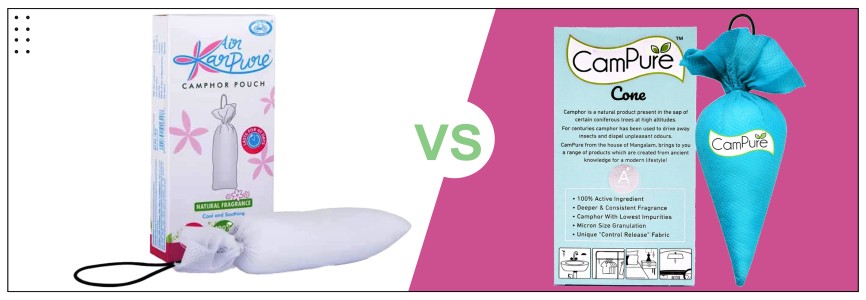




























_(b)_of_the_Trademark_Act,_1999_(1)_crop10_thumb.jpg)



_crop10_thumb.jpg)




























_crop10_thumb.jpg)
_crop10_thumb.jpg)






_crop10_thumb.jpg)








_crop10_thumb.jpg)



_crop10_thumb.jpg)





























_crop10_thumb.jpg)

















_crop10_thumb.jpg)






_crop10_thumb.jpg)












































































































































_crop10_thumb.jpg)




































_crop10_thumb.jpg)












_crop10_thumb.jpg)













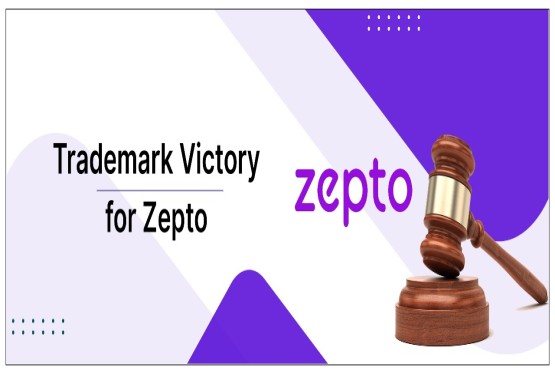




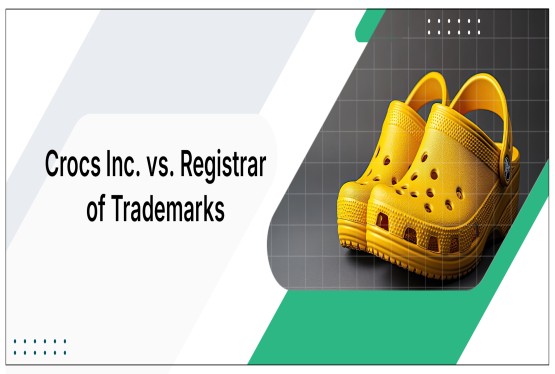




























_crop10_thumb.jpg)






